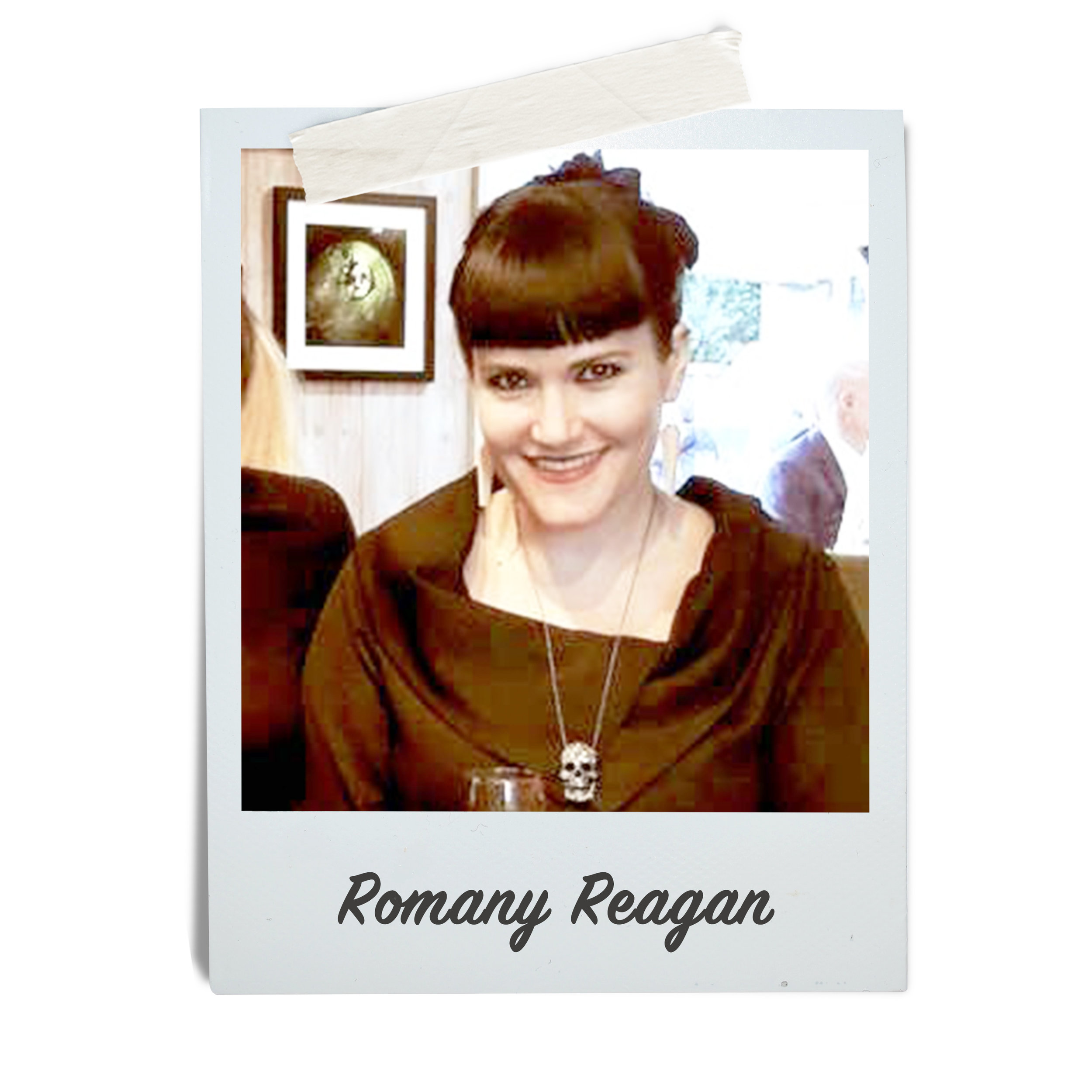By Dr Romany Reagan
who researched cemeteries for her PhD
‘Cemeteries’ are different from ‘churchyards’ or ‘graveyards’. A graveyard is connected to a church; a cemetery is a separate space unconnected to a church. As such, cemeteries are inherently secular spaces. A cemetery’s deceased residents may be of a certain faith – or of several faiths – but they are not inherently religious spaces.
The expectation to be buried ‘in perpetuity’ was not always so. Throughout previous centuries, burial was most often in local parish churchyards where the dead were not buried ‘in perpetuity’ – except those who could afford to be buried under the flagstones of the church itself. Instead, graves were rotated out, so the churchyard could be used by the community on an ongoing basis. When the resident of a grave had decomposed down to their bones, the bones were removed and placed in the charnel house, then the grave was ready for the next occupant. Charnel houses mostly fell out of use by the end of the 17th century, however extensions on parish graveyards could only accommodate so much. With the industrial revolution of the 19th century, and the attending population boom in urban centres, bodies had to be stacked up within a single grave until there were only a few inches of soil between the interred and the elements. This was a distressing and revolting turn of events. The Victorian invention of the garden cemetery meant people could expect to have a grave and stay in it. The idea of ‘in perpetuity’ was comforting at that time, however it is not the “way things always have been done”.
The idea that cemeteries should be silent, solemn spaces is also not the “way things always have been done”. For Victorian garden cemeteries in particular, their role as a cemetery was founded as one of several purposes, along with serving as local parks before many major local green spaces were founded in Britain’s urban centres, and as arboretums for visitors to enjoy rare specimens of horticulture while having a walk with family and friends in a beautiful ‘arcadian’ setting. During the Victorian era, cemeteries could be jovial places to meet with friends; a cemetery was one of the few places unmarried women could go without a chaperone, so there was female freedom within these spaces, perhaps even matrimonial possibilities; and visitors could bring picnics for a day out. These cemeteries were built as gardens to enjoy life in and amongst death – not sequester the dead away from the living.
Today, heritage cemeteries exist within communities and, as such, are community spaces. There are as many ways to construct and engage with these spaces as there are people within communities. Different cultures have differing ideas about what constitutes reverence for their dead. Cemeteries within areas of diverse community groups should listen to their community about how they wish to engage with their cemetery space. It’s helpful to remember that a person with a different idea about how to process grief and/or celebrate life isn’t automatically disrespectful simply for being different. Opening cemetery gates to community inclusivity isn’t just a way to welcome contemporary community groups, it’s a also a way to keep our cemetery heritage relevant for future generations; not left to crumble into irrelevance, but to be kept as active spaces where the dead can be remembered while celebrating the living.
Lastly, I assumed that cemeteries received funding from either church groups, the council, or other government/religious bodies. Many cemeteries receive no such funding. Events held in your local heritage cemetery are vital fundraising efforts to keep these spaces open and free for everyone in the community. Supporting cemetery events supports our cemetery heritage!
About Dr Romany Reagan
Romany Reagan received her PhD from Royal Holloway, University of London in performing heritage in 2018, with a focus on community engagement. Her practice-based research project ‘Abney Rambles’ is comprised of four audio walks that she researched, wrote, and recorded from 2014 to 2017 within the space of Abney Park cemetery. Her continued work with the Abney Park Trust aims to engage the local community of Stoke Newington, the wider community of London, and all visitors to the cemetery, with Abney Park's heritage as well as offer diverse perspectives on what a cemetery can represent as a contemporary space within its local community. Reagan’s walk ‘Crossing Paths/Different Worlds in Abney Park Cemetery’ was published in Ways to Wander (Triarchy Press, 2015) .
https://abneyrambles.com/
@msromany @DoyennesDeath



